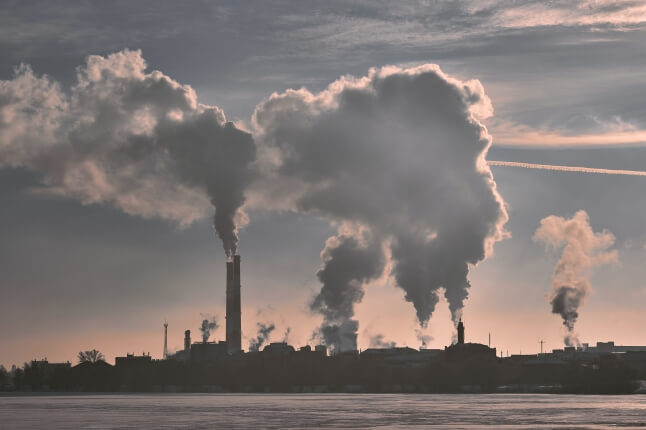News
John Shaw, the Harry C. Dudley Professor of Structural and Economic Geology and a professor of environmental science and engineering, expects natural gas to continue to displace coal in electricity generation. It is projected to become the nation’s largest electricity-generating fuel by 2040. (Photo by Rose Lincoln, Harvard Staff Photographer.)
The natural gas boom that transformed the energy picture in the United States in the last decade is still in its infancy, says John Shaw, chair of Harvard’s Earth and Planetary Sciences Department.
Shaw, the Harry C. Dudley Professor of Structural and Economic Geology and a Professor of Environmental Science and Engineering at the School of Engineering and Applied Sciences, expects natural gas to continue to displace coal in electricity generation. It is projected to become the nation’s largest electricity-generating fuel by 2040.
In addition, he said, opportunities for expanding the market lie in export to energy-hungry nations such as Japan, which has curtailed nuclear power in the wake of the Fukushima disaster, and, closer to home, in the U.S. transport sector, where trucking fleets provide another opportunity, perhaps first through the installation of natural gas filling stations along highways. Further, the low cost of natural gas has set a new standard for the energy sector.
“Nothing has had a more profound impact on the U.S. and global energy economy in the past decade than the emergence of shale gas resources,” Shaw said. “It has already essentially transformed the United States from a net gas importer to one that will be exporting natural gas. It has provided a low-cost fuel that has spurred the development of industry and, in many respects, it has become the preferred way that we generate electricity. The cost of doing so defines the baseline with which all other energy options must be able, or be made able, to compete.”
Shaw, whose areas of focus as a researcher include earthquake hazard assessment and petroleum exploration, spoke Tuesday at the Geological Lecture Hall in an event sponsored by the Harvard Museum of Natural History. The talk was titled “North America’s Shale Gas Resources: Energy and Environmental Perspectives.”
Drillers have long known that gas is released when shale beds are penetrated, but the pores in the rocks are so small that they hold onto their gas — and oil as well — tightly, so that very little flows into the borehole. For decades that left petroleum firms to focus on resources found in other formations, whose more porous rock allowed gas to flow in commercially viable quantities.
It was the marriage of two existing technologies — hydraulic fracturing, or “fracking,” and horizontal drilling — that created the shale gas boom, Shaw said. Companies began drilling down thousands of feet directly into the shale formations and then drilling horizontally along them. Today, workers line the boreholes with a concrete casing, perforated at particular spots where the fracturing will occur. Then they pour in the fracturing fluid, made up largely of water and sand but with a mix of other chemicals as well. That liquid is pressurized and forced through the holes in the casing into the surrounding rock, with enough force to fracture the rock. The sand particles prop open the fractures, allowing the gas to flow more freely into the borehole.
Shaw said that some of the problems that have generated opposition to the process — contamination of water supplies, induced earthquakes, and methane release into the atmosphere — come not from the fracking, but from associated activities that could be improved upon.
Read the entire article in the Harvard Gazette
Topics: Environment
Cutting-edge science delivered direct to your inbox.
Join the Harvard SEAS mailing list.


